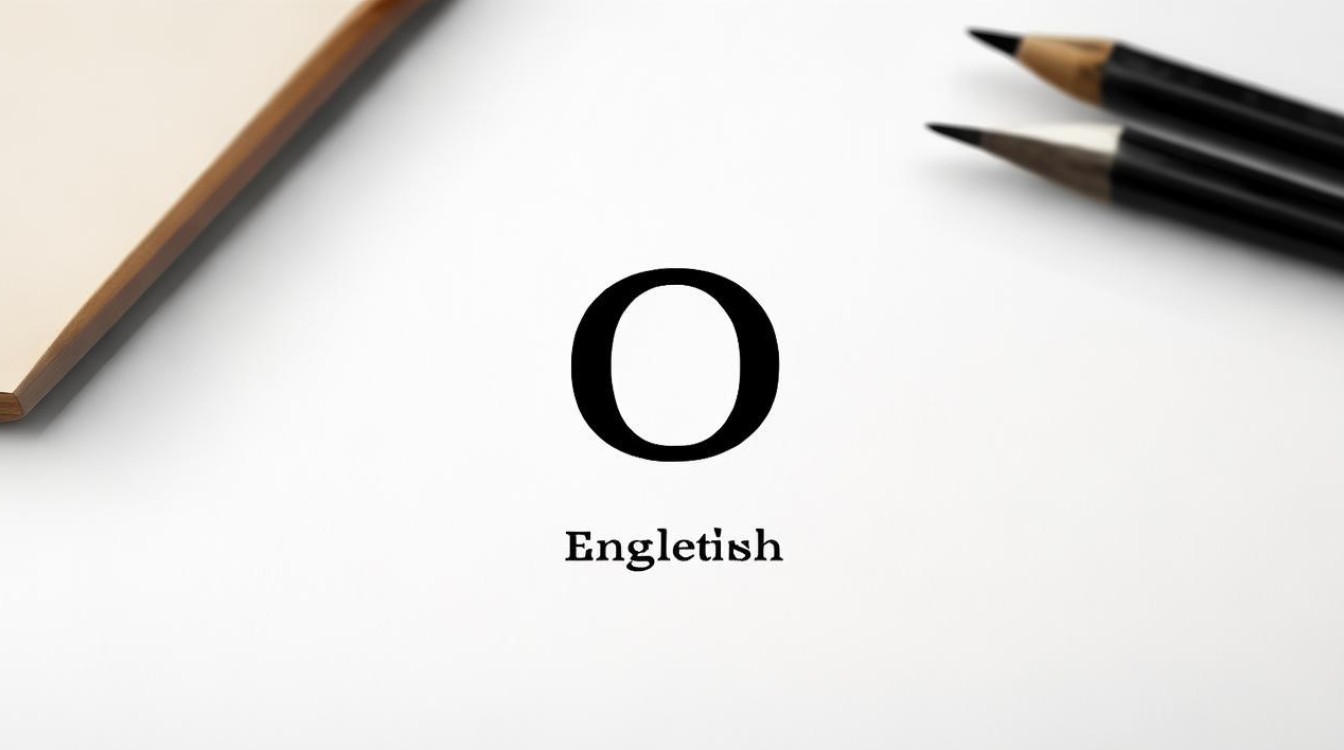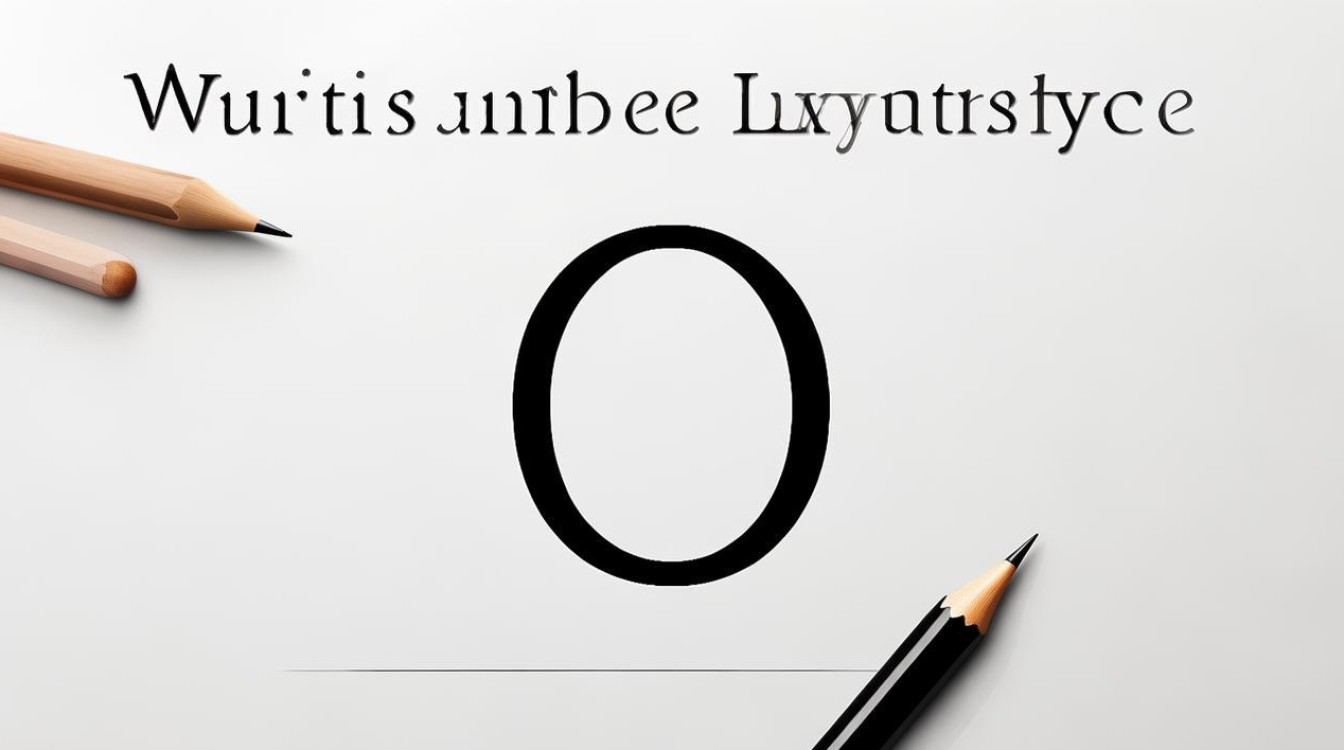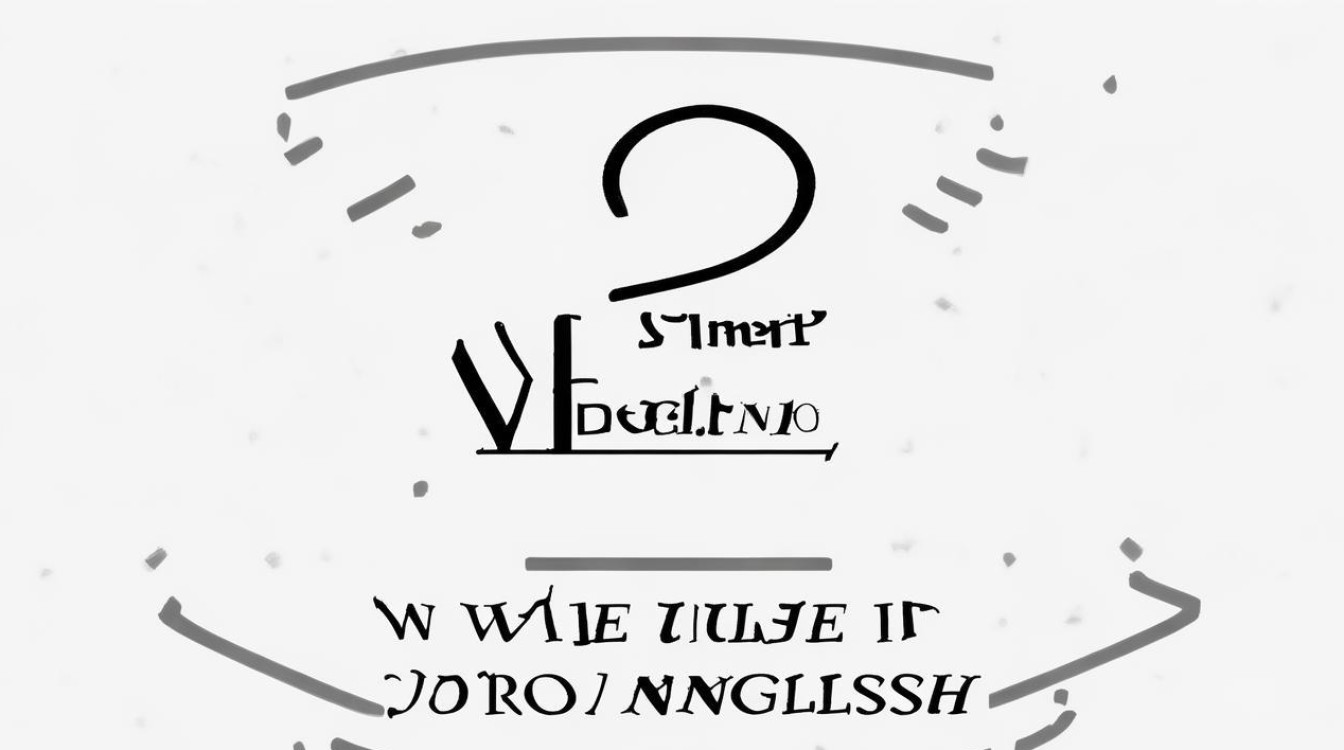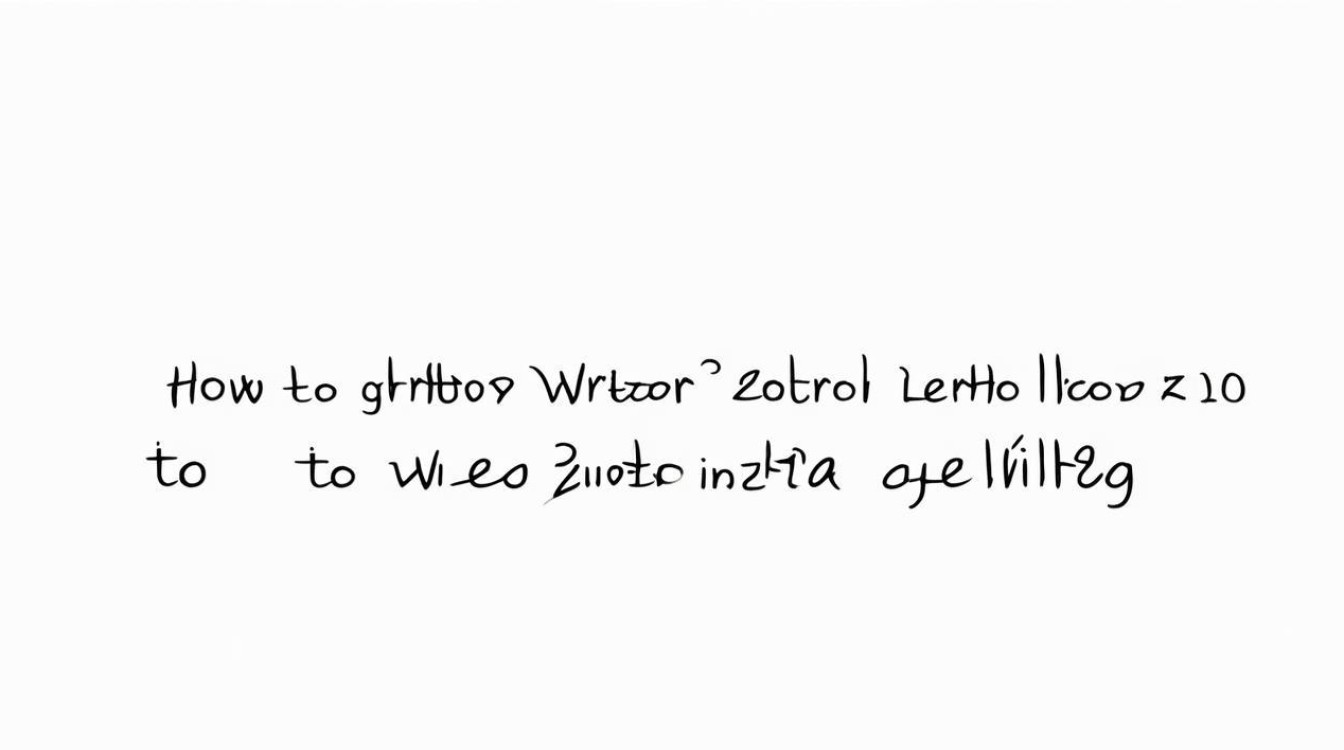When learning English, one of the first words you encounter is "zero." It’s a fundamental term in mathematics, science, and everyday communication. But how exactly do you write "zero" in English? The answer is straightforward, yet there are nuances worth exploring, especially for non-native speakers.

The Correct Spelling of "Zero"
The word "zero" is spelled as Z-E-R-O in English. It represents the numerical value 0, which signifies nothingness or the absence of quantity. Unlike some languages that have multiple words for zero, English primarily uses "zero" in most contexts.
Pronunciation of "Zero"
The pronunciation of "zero" varies slightly depending on regional accents:
- American English: /ˈzɪə.roʊ/ (ZEER-oh)
- British English: /ˈzɪə.rəʊ/ (ZEER-oh)
Some informal or regional dialects may shorten it to "oh" (like in phone numbers: "five-oh-three"), but "zero" remains the standard term.

Different Ways to Express "Zero"
While "zero" is the most common word for 0, English has other terms depending on the context:
- "Nought" (or "Naught") – Used in British English, especially in mathematics ("nought point five" for 0.5).
- "Nil" – Common in sports scores ("The game ended two-nil").
- "Love" – Used in tennis ("The score is fifteen-love").
- "Oh" – Informal, often in phone numbers or codes ("Room 101" is "one-oh-one").
- "Zilch" – Slang for nothing ("I have zilch in my bank account").
The History of "Zero"
The concept of zero originated in ancient civilizations, but the English word "zero" comes from the Italian "zero," which traces back to the Arabic "ṣifr" (meaning "empty" or "nothing"). The Arabic term itself was derived from the Sanskrit "śūnya."
Before "zero" became standard, Old English used "nought" (from "nāwiht," meaning "no thing"). The adoption of "zero" in English solidified around the 17th century as mathematical notation evolved.

Common Mistakes When Writing "Zero"
Non-native speakers sometimes confuse "zero" with similar-sounding words:
- "Hero" – A person admired for bravery (not related to numbers).
- "Cero" – Spanish for "zero," but incorrect in English.
- "Ziro" – A misspelling, possibly due to pronunciation errors.
Always double-check the spelling—Z-E-R-O—to avoid confusion.
Practical Uses of "Zero"
Understanding "zero" is crucial in various fields:

- Mathematics: The foundation of place value (e.g., 10, 100).
- Science: Absolute zero (-273.15°C) is the lowest possible temperature.
- Finance: A zero-balance account has no money left.
- Technology: Binary code uses 0s and 1s for computing.
Fun Facts About "Zero"
- The number 0 was initially met with resistance in Europe because people feared it represented chaos.
- In some cultures, zero is considered lucky, while others associate it with emptiness.
- The term "ground zero" refers to the point of origin, like in explosions or epidemics.
Why Knowing "Zero" Matters
Mastering basic English words like "zero" improves clarity in communication, especially in technical or numerical discussions. Whether you're writing a check, solving equations, or discussing temperatures, using "zero" correctly ensures precision.
So next time you see 0, remember—it’s spelled Z-E-R-O, a small word with a big impact.

